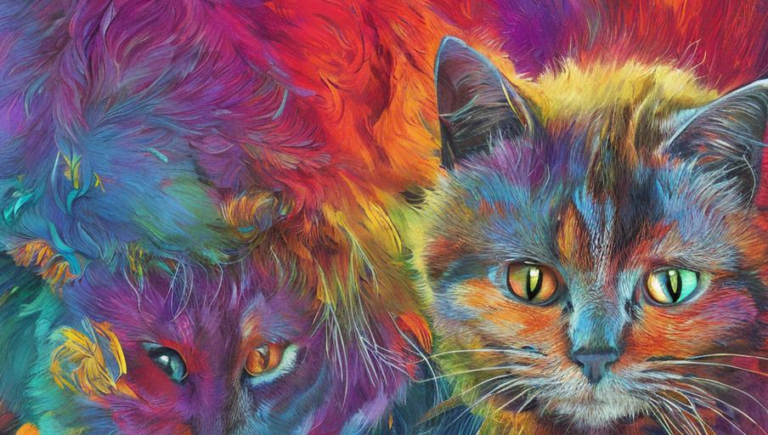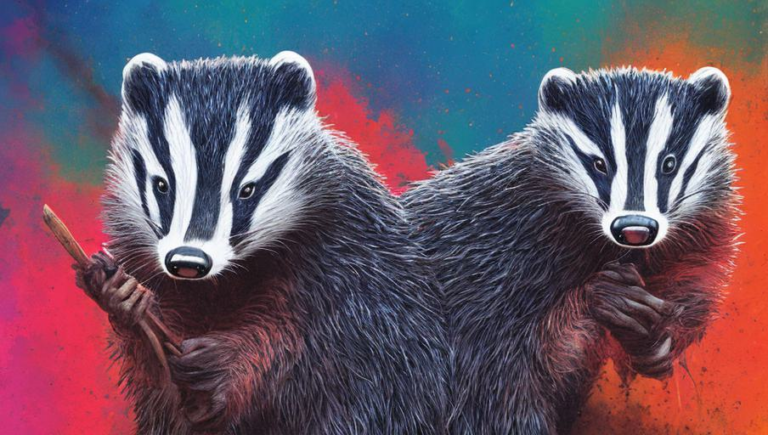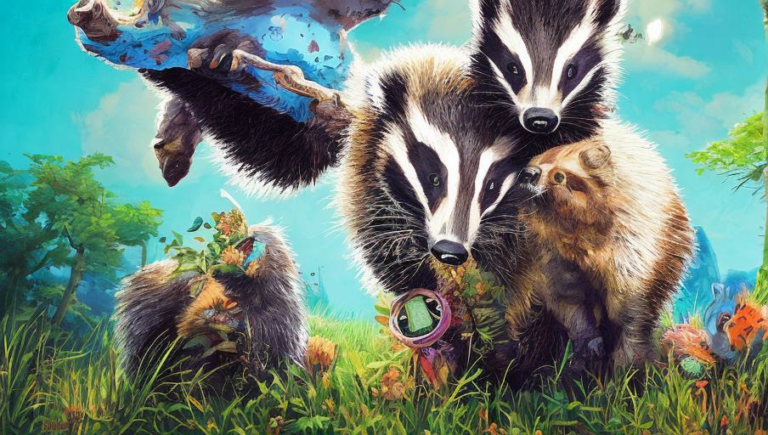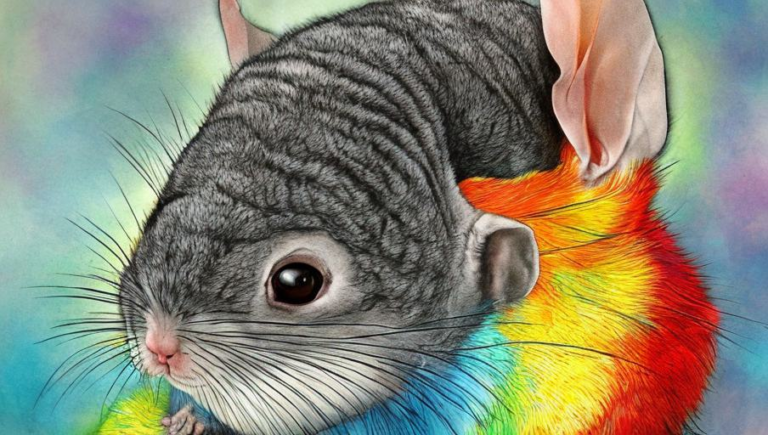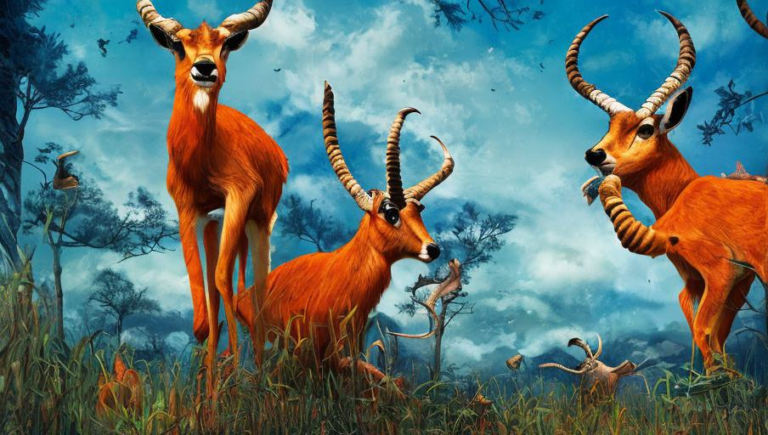How Beavers Communicate With Each Other
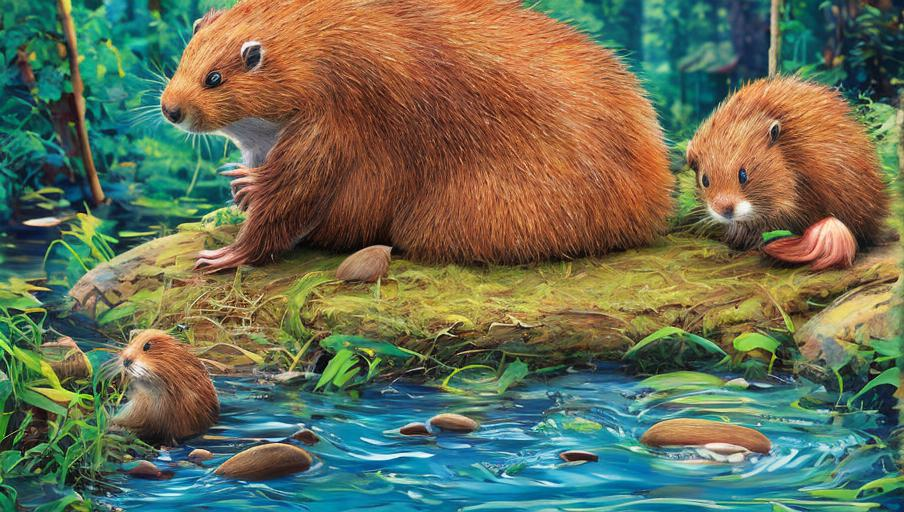
Introduction
Beavers are one of the most fascinating creatures found in nature. They are highly intelligent and social animals that live in colonies and can be found in freshwater ecosystems all over the world. These animals have many ways of communicating with each other, from vocalizations to different types of body language. In this article, we will explore how beavers communicate with each other.
Vocalizations
Beavers are capable of making a variety of vocalizations. The most common sound they make is a loud, low-pitched honking noise, which they use to alert other beavers of potential danger. Beavers also make a variety of other noises, including grunts, barks, and whistles. They also make a chirping sound when they are happy or excited.
Body Language
Beavers also communicate through body language. They use their tails to communicate to other beavers. If a beaver is feeling threatened or scared, it will slap its tail on the surface of the water. This is a warning to other beavers that there is danger nearby. Beavers will also use their tails to show other beavers that they are friendly. Beavers also use their heads and bodies to communicate.
Scent Marking
Beavers also use scent marking to communicate with each other. Beavers will rub their bodies against logs or rocks to leave a scent, which can be used to mark their territory. They also use their scent to identify other beavers in their colony. Beavers will also use their urine and feces to mark their territory and attract potential mates.
Sensory Perception
Beavers also use their sense of hearing and sight to communicate. They are able to pick up on low frequency sounds, which can help them detect potential predators. They also use their vision to identify potential dangers and to locate food sources. Beavers also use visual cues, such as body postures, to communicate with other beavers.
Conclusion
Beavers are highly intelligent and social creatures that have a variety of ways of communicating with each other. They use vocalizations, body language, scent marking, and sensory perception to communicate. Understanding how beavers communicate can help us better understand and appreciate these fascinating creatures and their habitats.
